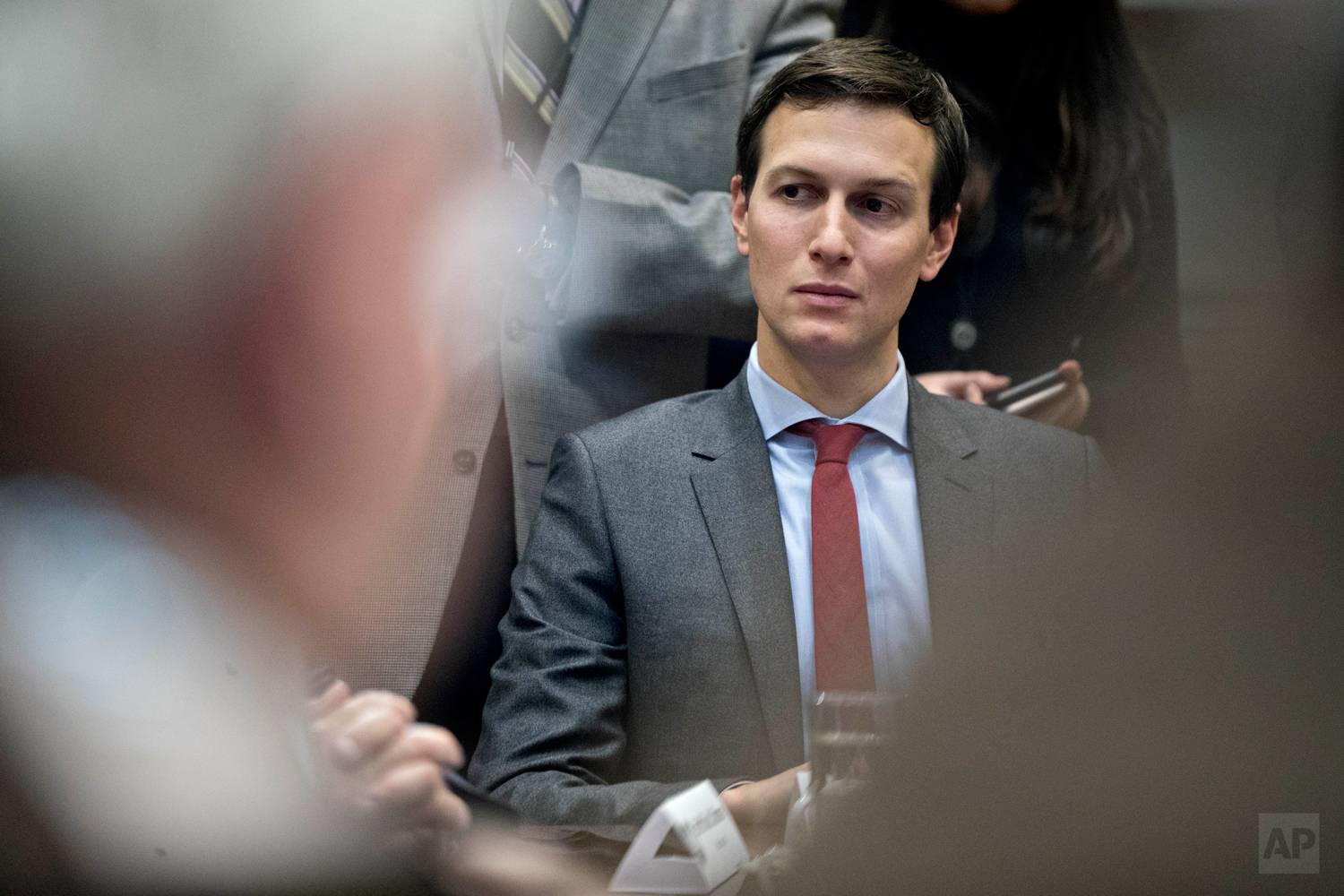Slaughter & Rees Report: Can Public-Sector Innovation Drive Private-Sector Growth?
Government and business are fundamentally different, but a focus on technology and data infrastructure innovation within the federal government could drive significant job creation.

Slaughter & Rees are hopeful that Kushner will draw on the talents of the Presidential Innovation Fellows | AP Images
It’s one of the hallmarks of every new presidential administration: an initiative focused on making government work better.
Donald Trump’s administration is no different. On March 27, Mr. Trump announced the creation of a new White House office that he said will be focused on developing “innovative solutions to many problems our country faces.”
Any entity that spends $3.6 trillion in a year, as the U.S. government will in the current fiscal year, merits ongoing review of how that money is spent and whether it can be spent better. We’re hopeful that the Trump administration will make meaningful reforms that do in fact foster innovation across the public and private sectors and not simply make cosmetic changes that can be trotted out in the next presidential campaign.
Early outreach to captains of industry such as Bill Gates, Tim Cook, and Elon Musk show a seriousness of purpose.
It’s encouraging that the new office, which is headed by Mr. Trump’s jack-of-all-trades son-in-law, Jared Kushner, is focusing on the technology and data infrastructure across every federal department and agency. Both of those have the potential to drive significant job creation across the economy. And early outreach to captains of industry such as Microsoft founder Bill Gates, Apple CEO Tim Cook, and Tesla founder Elon Musk show a seriousness of purpose
Whether the effort results in substantive reforms is likely to depend on whether Mr. Kushner and his colleagues learn from past reform efforts. A number of valuable lessons are contained in a recent article written by William Eggers and John O’Leary—two highly respected trailblazers for public-sector innovation and leaders of the Deloitte Center for Government Insights. One of their suggestions is to involve career civil servants—a commission created by President Reagan to get rid of waste, fraud, and abuse had little lasting effect because the suggested reforms largely came from business leaders and did not involve those working in government’s proverbial trenches. Messrs. Eggers and O’Leary also suggest ensuring that there is a sizable permanent staff focused on the effort—something that did not happen with Al Gore’s reinventing government initiative, which also had little lasting effect.
Most important is understanding that government and business are fundamentally different—they have different objectives, different cultures, and different hiring practices, among other things. So it was not so encouraging to hear Mr. Kushner tell the Washington Post, “The government should be run like a great American company.” If that mindset permeates the effort, it’s destined to run into countless obstacles and end up delivering very little.
It’s sometimes the small reforms that few people notice that deliver the biggest long-term payoff.
While the innovation team will no doubt be looking for game-changers along the lines of past government-funded successes (such as the Internet and GPS), it behooves the team working with Mr. Kushner to remember that it’s sometimes the small reforms that few people notice that deliver the biggest long-term payoff. The venture capital industry got a massive boost from an obscure rule change made to Labor Department standards in 1979. Similarly, retirement savings were greatly enabled by a technical change to the tax code that gave rise to the 401(k). (Additional examples can be found in this article.)
We hope that Mr. Kushner’s team will draw on the talents of a group of people who have been brought into the federal government for the precise purpose of making government work better. They are Presidential Innovation Fellows—a select corps of individuals who have taken leave from their careers to work in government for 12 months. Some of their past work involved parachuting in to clean up the botched rollout of the Obamacare website, healthcare.gov, though they are also working throughout the federal government. The program’s existence is a minor miracle. Established in 2012, it was set to expire at the start of this year, but it was reauthorized by Barack Obama on the final day (and in the final moments) of his presidency (read the fascinating backstory here).
If these innovation fellows, working with White House staffers, can simply iron out the inefficiencies that would creep into any enterprise as big as the U.S. federal government, they will be doing valuable work. And if they can do the more difficult work of helping to unleash big-bang innovations, they will be laying the foundation for perhaps the most important achievement of all: contributing to the next era of long-term economic growth.

